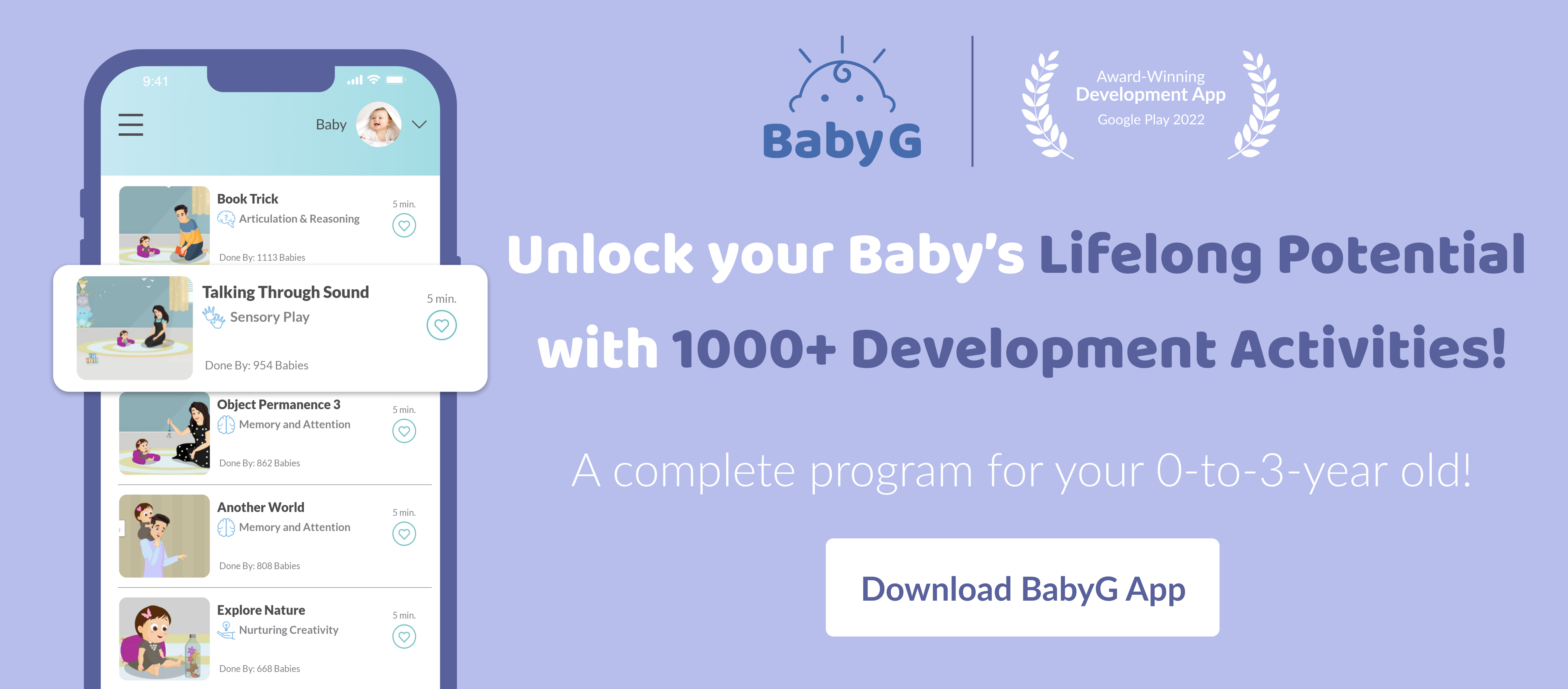
Are Telescopes For Kids Worth It?
Yes, telescopes are absolutely worth it because they help kids gain an interest in astronomy and science. Experiments with a children's beginner telescope are a great way for kids to learn more about space and spark their curiosity. Children can use telescopes to identify distant stars and the moon while also learning about constellations and planets.Are Telescopes For Kids Worth It?
1. Best Pirate Themed: Nautical Antique Working Telescope
Kids get the best of both worlds by immersing themselves in the sea of history and science, along with learning to appreciate good craftsmanship. It is a vintage Dollond London 1920 spyglass that is made traditionally using brass and leather just like the pirates. It has high portability since it is lightweight and has an easy-to-use foldable mechanism. The push and pull feature also helps kids to adjust the magnification power for better views. A telescope like this could be very useful for watching birds, star gazing, or having a pirate role-play adventure with your kids. It is also a fantastic conversation starter to find out if your children wish to learn about astronomy in greater detail.
Specifications: Altazimuth Mount, 25.4 mm objective lens, 16 Inches optical tube
Unique features: Compact, portable.
Pros: Leather box, vintage-style, perfect for gifting.
Cons: The leather could develop an odour if kept in closed spaces.
Our rating: 4/5 | Price: ₹1,899
2. Best Overall: SSEA Astronomical Telescope
The manual tracking SSEA Telescope is an amazing device for kids who wish to see the moon and stars. Using the sturdy tripod made from aluminium, kids can easily track the different components of the solar system. The three different 0.965-inch high-quality eyepieces offer magnifications of 6mm, 12mm, and 20mm, allowing children to enjoy stargazing to the fullest. Kids can easily locate objects with its 5x24 finder scope that comes with a mounting bracket and internal cross-hair lines. With its remarkable 700mm (f/5.7) focal length, 76mm aperture, completely coated optical glass lens, and high transmission coatings, this is one of the best telescopes for kids that offers spectacular vistas while protecting your children's eyes.
Specifications: 76 mm optical tube, 700mm(f/5.7) focal length, 5x24 finder scope, mounting bracket, three 0.965" eyepieces of 6mm, 12mm, and 20mm
Unique features: 3 eyepieces, coated optical glass
Pros: Easy to assemble, portable, efficient Barlow lens
Cons: The telescope is not steady enough
Our rating: 4.5/ 5 | Price: ₹11,000
3. Best for Lunar Views: Discover with Dr. Cool NASA Lunar Telescope
The lunarscope is a part of the national geographic stem series, which is very beneficial for kids who are on a lunar exploration journey. The focus knob provides enhanced and clear views of the moon. It is also supplemented by two eyepieces with magnifications of 18x and 90x. The tabletop tripod ensures stability for enchanted uninterrupted focus. Lastly, it comes with a finderscope and learning guide that helps kids learn all about the lunar phases and eclipses closely. Last;y. this NASA children's telescope is great for a fun learning experience for beginners.
Specifications: Galilean Eye Piece Lens, 1 KB objective lens, 18x and 90x eyepieces, tabletop tripod, low-power eyepiece, high-power eyepiece, lens dust cap
Unique features: Learning guide, NASA backing.
Pros: Easy to assemble, good for STEM learning and gifting
Cons: Maintaining the focus may seem challenging
Our rating: 4/5 | Price: ₹13,458
4. Best Lightweight: SVBONY SV502 Telescope
Here is a lightweight telescope that is great to take with you on the go. It has a sturdy aluminium alloy bench stand that can be adjusted up to 360 degrees horizontally and 90 degrees vertically, making it great for outdoor stargazing trips. The 1.25" K20 eyepiece makes your view clear and bright, for a less time-consuming experience. Additionally, the telescope also has an objective lens that has a 50mm diameter and a 360mm focal length. The 5x20 finder scope makes it easy to locate target objects. It can be assembled in a few simple steps, making it extremely convenient for kids. Furthermore, the 45-degree erect image prism offers comfortable viewing angles for terrestrial viewing.
Specifications: 50 mm objective lens, 1.25 inches optical tube, 360mm focal length, 5X20 finder scope, 1.25 inch K20 eyepiece
Unique features: Lightweight, easy adjustments.
Pros: Great for gifting, fully coated optical lens, easy to assemble.
Cons: The stand must be placed on top of a table, instead of the ground.
Our rating: 4.2/5 | Price: ₹12,414
5. Best for Magnification: ESAKO Portable Telescope
This telescope includes a Barlow lens which is a handy accessory in a telescope. A Barlow lens is one of the optical components that work with an eyepiece to enhance the magnification, as it spreads out the strong light from the planets or stars for better views. It also comes with three different eyepieces that can be used in various configurations and a magnification of up to 150x making it one of the best telescopes for kids. The diagonal lens, along with the fully coated objective lenses, provides excellent clarity and optimal imagery. You also get a wide field of vision and good light-gathering features thanks to its 70mm aperture. The 5x24 crosshairs finder scope makes it easier to locate planets and other solar system constituents. Lastly, the phone adaptor and wireless shutter release also enable you to capture photographs of your child's planet-spotting adventures.
Specifications: Barlow lens, Altazimuth Mount, 70mm aperture, 45x magnification with H20mm eyepiece, 150x magnification with H6mm eyepiece, 5x24 crosshairs finder scope, phone adapter, adjustable tripod
Unique features: Crosshairs finder scope & diagonal lens
Pros: Portability, easy to use, moon filter
Cons: The stand may lack stability
Our rating: 4.1/5 | Price: ₹17,548
6. Best in DIY Telescopes: Smartivity STEM Telescope
Here's a one-of-a-kind DIY telescope that kids will enjoy putting together. The Smartivity STEM Telescope is a telescope for education and construction. Through play, this children's toy telescope teaches children about refraction, depth of vision, and trigonometric ratios. Engaging children in activities like this helps them to develop focus, confidence, and creativity. Once completed, the telescope can be utilised to understand concepts such as distance and height, or it can be disassembled and rebuilt. Kids aged 8 to 14 can assemble this telescope themselves with the help of simple elastic band techniques to join the parts and simple instruction manuals and videos.
Specifications: 108 parts, 60 mins build time
Unique features: STEM learning, easy to assemble.
Pros: Eco-friendly, durable, non-toxic
Cons: Although not for distant viewing, the lens can be utilised for focused vision
Our rating: 4/5 | Price: ₹591
7. Best with Moon Filter: Aomekie Astronomy Telescope
The brightness of the moon can strain the eyes and make it difficult to see the surface properly. Hence, this telescope comes with a metal moon filter that is great to use on such occasions as it provides a low-brightness view. Additionally, this children's refracting telescope has fully coated optics that aid in getting a clear view with the right amount of contrast. Attaching the 5x24 finderscope with the help of its mounting bracket makes it easy to navigate and locate objects in the vast sky. Lastly, it has a 400 mm focal length, and a 70 mm large aperture objective lens for better views. All these features simplify the process of learning about celestial bodies and getting familiar with using a telescope.
Specifications: 400mm focal length, 70mm aperture objective lens, 5X24 finderscope, 16x magnification with K6 eyepiece, 67x magnification with K25 eyepiece, adjustable tripod, 45-degree diagonal mirror, phone adapter, star target planisphere
Unique features: Metal moon filter, telescope mount.
Pros: Castor wheel bottom, star target planisphere, aluminium tripod
Cons: The phone adapter may cause the telescope's equilibrium to shift
Our rating: 4/5 | Price: ₹15,358
What To Look For When Buying A Telescope For A Child?
Here are a few tips to help you buy the best telescope for kids:- Size and Weight: It is important to note that children should always be supervised when using telescopes. If you believe your child is old enough to handle the telescope on their own, getting a lightweight, small telescope is ideal.
- Optics: There are a variety of telescopes that serve different purposes. You can take into consideration the magnification power, filters, eyepieces, aperture lens, and finderscope to make sure you get the best out of your investment. Additionally, you can also consider other getting a telescope with a phone adapter to capture different views.
- Stability: Your children need to focus properly while stargazing. This can be accomplished with the assistance of a sturdy and long-lasting tripod or tabletop stand.
- Portability: For the best stargazing experience, it is recommended to get a telescope that is portable so that it can be easily taken to areas away from city lights.
- Easy to assemble: Having an easy-to-assemble telescope enables kids to learn in a better way. Telescopes for kids are quick to set up and offer a hassle-free experience.
How Do Telescopes Work For Kids?
While telescopes for children are easier to assemble, lighter, and less complex, the basic structure remains the same. Here are the basics about how kid’s telescopes work:- Light: Telescopes work with a distant object's light that is first collected and then focused into an eyepiece. They concentrate the light, which magnifies, enlarges, and makes distant objects appear brighter.
- Lenses: The majority of refracting telescopes have two primary lenses. The larger lens is known as the objective lens, while the smaller lens is known as the eyepiece.
- Magnification: The magnifying ability affects how large objects will appear through the telescope.
In conclusion,
Investing in a telescope helps you get your kids interested in science and assists them in learning more about the amazing cosmos of space. It is a practical learning opportunity that can also be enjoyable. We hope that this article has given you the knowledge and insight you need to choose the best telescope for kids.

Here's how you can stay on top of all your child's developmental needs: Head to your BabyG App today and get complete access to 1000+ Development Activities, Milestones and Growth Reports, Meal Plans, Recipes, Bedtime Stories, Tips and a Global Community of like-minded parents.

















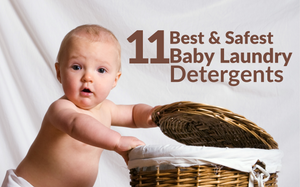
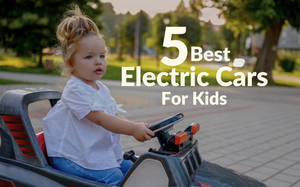
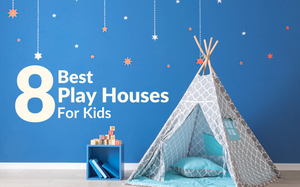
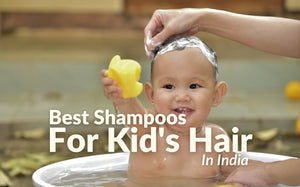
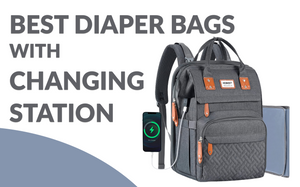
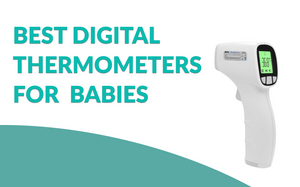
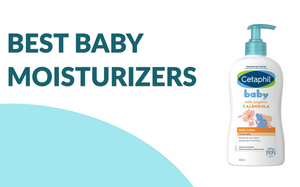
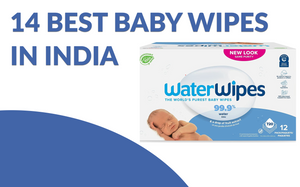

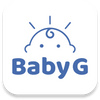
LEAVE A COMMENT